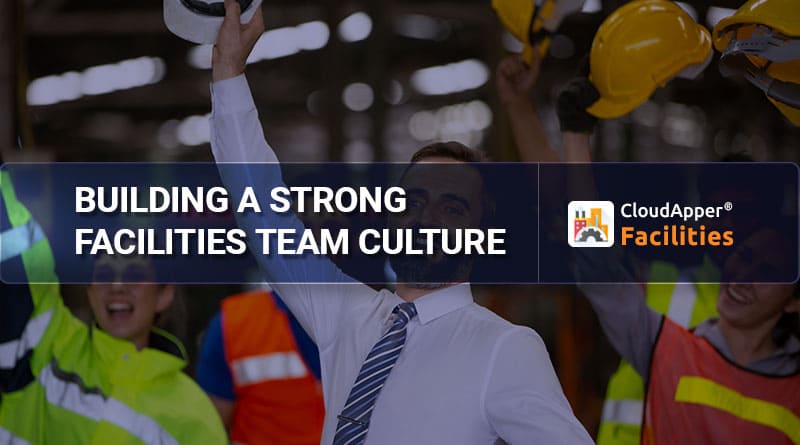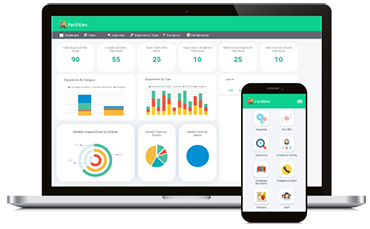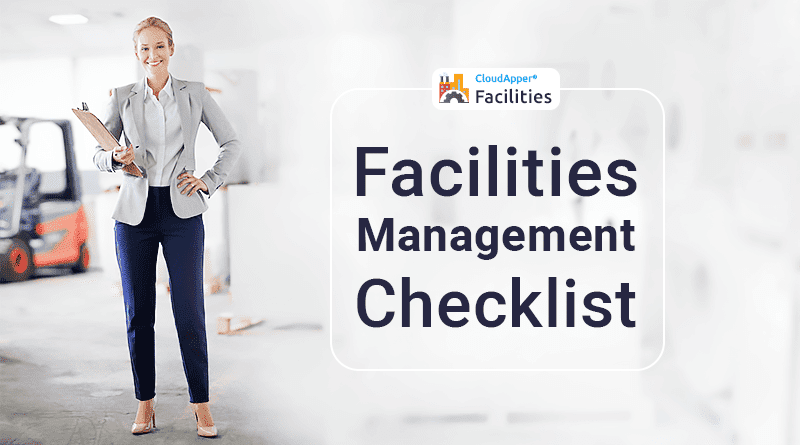Table of Contents
It’s difficult to describe a workplace culture. It is not something you can touch. It is powerful, much like the force of gravity you remember from your childhood when you leaped from a tree.
New employees will notice team culture when they first arrive at work. It is the atmosphere you create for your employees based on certain values, beliefs, or behaviors.
Because everyone works independently, it is harder to define team culture in facilities management, but it is there and has significant impacts on your work. This includes your team’s communication style, work ethic, and attention to detail. The things you do and say are what build culture. But, passively, the people you allow to slide, or the personalities of your team members can also make a difference.
Building culture requires planning and time, no matter if you’re looking for a job change or just starting a new career. Let’s look at what you can do within your facilities team to succeed in that culture.
CHALLENGES OF CULTURE BUILDING IN FACILITIES CONTROL
It’s not easy to change or implement a new culture. Facilities teams that spend most of their time working in isolation find it difficult to change or implement a new culture. And although facility management software can keep track of the activities performed by your teams, it cannot ensure that everything goes according to plan. You can’t keep an eye on everyone all the time. You also have your work to do!
Facilities teams face many pressures and constraints, making it challenging to build a culture. From budget constraints to occupant requests, teams are often busy throughout their shift. It is easy to fall back on old habits in stressful situations. If it means that you can finish a task, then it’s easier to do so.
Facilities teams and other organizations are creatures of habit. Your team members might have worked on your buildings for more than ten years. This experience can be beneficial from a maintenance perspective, but it can also make it difficult to change the culture. Facilities management is a place where the “if it ain’t broke, don’t fix it” mentality is a constant.
All of these challenges make it difficult for organic change to occur. Because of these challenges, the culture you create is essential.
LEADERSHIP IS A MUST WHEN IT COMES TO TEAM CULTURE
As the name suggests, the most important place to start building a culture of facility management is at the top. It is vital to have a work culture. Achieving the desired state takes dedication, planning, focus, and effort; It is intentional, and it is impossible to just write a list and expect the best.
Building a team culture requires soft skills that are often not discussed enough in facility management. After all, you are a doer. You replace a lightbulb that has gone out. You fix the AC unit if it stops working.
To build the culture you want, you will need to learn new skills. Communication, consensus building, managing people, and collaboration are essential to making positive changes in your team.
EFFECTIVE TEAM-BUILDING STRATEGIES FOR FACILITIES TEAMS
Change doesn’t happen overnight. Being successful takes time and requires a lot of energy. Here are some steps to help you get started with your facilities team.
- Culture is an important part of the hiring process.
While retirements can be stressful, they also offer a golden opportunity for you to hire the right people who share your vision. Ask questions during the interview to determine if applicants have similar beliefs and values. Asking applicants how they would react in a hypothetical situation where those values are tested is a good way to accomplish this.
- Draw your “Culture Line.”
This line represents the values, beliefs, and actions you support, and everything else is below it. The goal you want everyone to work toward is what you need to define. This line is flexible and can change over time.
- Communicate your vision.
Once your culture is established, you must communicate it to your team. Begin by training and discussing the new vision with your managers. Then, work with them to communicate that message to all others.
- Be a leader.
You must lead by example. If you don’t embrace your new values, it’s impossible to expect them to do it. A successful culture shift requires setting a positive example for your team.
- Don’t cut corners.
It doesn’t matter how difficult it may seem. The military has a saying that “no plan survives the first contact with an enemy.” It is difficult to keep your culture straight while dealing with daily work orders, service requests, and breakdowns. When you’re under pressure to complete tasks quicker and more economically, it is easy to cut corners and fall back into old habits.
- Monitor progress.
These metrics won’t always align with your maintenance KPIs. You should monitor how your team lives your core values as part of their performance. Regular check-ins are a good way to keep track of progress and provide honest, timely feedback.
- Recognize your team members.
Pay attention to those who hold your vision and values. Good examples should not go unnoticed. This doesn’t have to be in a large company-wide announcement. Your engineers, technicians, and managers can benefit from a simple gesture or passing comment.
- Make adjustments.
Building and maintaining culture are not easy tasks. Your culture line is constantly evolving. Everything you do every single day contributes to it. It may need to be fixed at times, but you may be surprised by the positive changes that you have made.
This is not something you have to do on your own. Ask your managers for help identifying the values you want your team to hold. Ask other departments if they have been through something similar. Human Resources can help you organize and communicate your cultural guidelines.
A FIGHTING FM CULTURE EFFECTIVELY IMPROVES OPERATIONAL EFFICIENCY
Culture is more than creating a happier, less stressful work environment. It has real consequences for the performance of your team and their work quality.
Indeed, a strong team culture promotes open communication and a stronger team environment. Maintenance tasks are easier to complete when team members are open to asking for help, and their colleagues are willing to offer it. Open communication allows for the possibility of continuous improvement. It is possible to innovate your processes and procedures by allowing team members to make suggestions and bring up new ideas.
A stronger FM culture can also reduce stress and burnout, making team members happier and more productive.
The culture you create and nurture is a large part of unlocking operational efficiency. What are your strategies for changing the culture within your organization? What steps did we miss? What were the results of your team’s experience? Please share your comments with us!
What is CloudApper AI Platform?
CloudApper AI is an advanced platform that enables organizations to integrate AI into their existing enterprise systems effortlessly, without the need for technical expertise, costly development, or upgrading the underlying infrastructure. By transforming legacy systems into AI-capable solutions, CloudApper allows companies to harness the power of Generative AI quickly and efficiently. This approach has been successfully implemented with leading systems like UKG, Workday, Oracle, Paradox, Amazon AWS Bedrock and can be applied across various industries, helping businesses enhance productivity, automate processes, and gain deeper insights without the usual complexities. With CloudApper AI, you can start experiencing the transformative benefits of AI today. Learn More


















